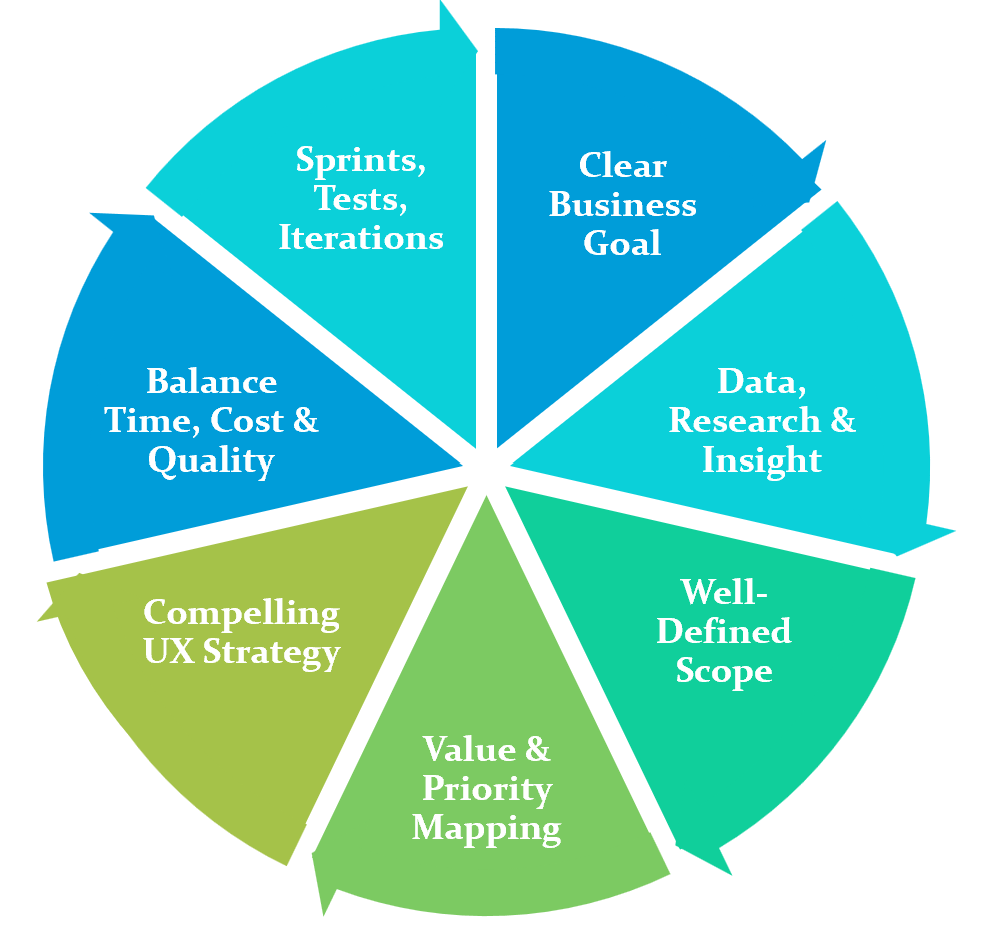
As the digital landscape evolves, businesses must leverage innovative digital initiatives to scale their online performance and drive sales growth. But where do you begin, and how do you ensure your efforts yield the desired results? The answer lies in a well-structured digital project framework. By incorporating key elements such as the nucleus, planning & strategy, primary focus, agile methodology, and defining project characteristics, objectives, flow, and success, businesses can navigate the complexities of digital transformation with confidence.
This blog will delve into the crucial components of this framework, providing valuable insights and practical guidelines to help your business thrive in the digital realm. Whether you’re a seasoned entrepreneur or just starting your digital journey, understanding and implementing these strategies can make a significant difference in achieving sustained growth and competitive advantage. Stay tuned as we explore each aspect of this powerful framework and unlock the potential of your digital initiatives.
Project Nucleus
ROI-Driven | Value | Impact | Velocity | Tested | Scalable | Secure
Critical Components

Efficiency Actions to Adopt
- Always require a purpose, objective and quantifiable goal
- Seek value-based and scalable solutions with no long-term lock
- Continually evaluate machine and labor non-productive ‘wait’ times
- Endeavor to reduce ‘time and distance’ traveled through production
- Create processes that shorten the time frame to delivery
Project Characteristics
Lean | Collaborative | Transformative | Disciplined | Engaged | Purposeful | Outcome-Oriented
Project Key Factors
Measurable Goals | Relevant Targets | Time Bound | Veracity | Distinct Requirements | Compliance | Standards | Documentation | Solutions-Based | Functional Requisites | Narrow Sprints | Tests and Iterations
Continue reading “The Blueprint for Digital Success: A Comprehensive Framework”
